Managing a Diabetic Patient Crisis
VerifiedAdded on 2020/04/01
|7
|1566
|37
AI Summary
The assignment presents a case study of a patient with Type 1 diabetes experiencing a medical emergency characterized by seizures and incoherent speech. The student describes their observation of the situation, including initial assessments like blood pressure and pulse oximetry. A Medical Emergency Team (MET) is called, leading to the diagnosis of electrolyte imbalance due to high glucose levels and renal problems. The intervention involves intravenous sodium/potassium transfusion, successfully resolving the patient's condition. The assignment highlights the importance of nursing assessment, multidisciplinary teamwork, and prompt action in managing diabetic emergencies.
Contribute Materials
Your contribution can guide someone’s learning journey. Share your
documents today.
1 out of 7
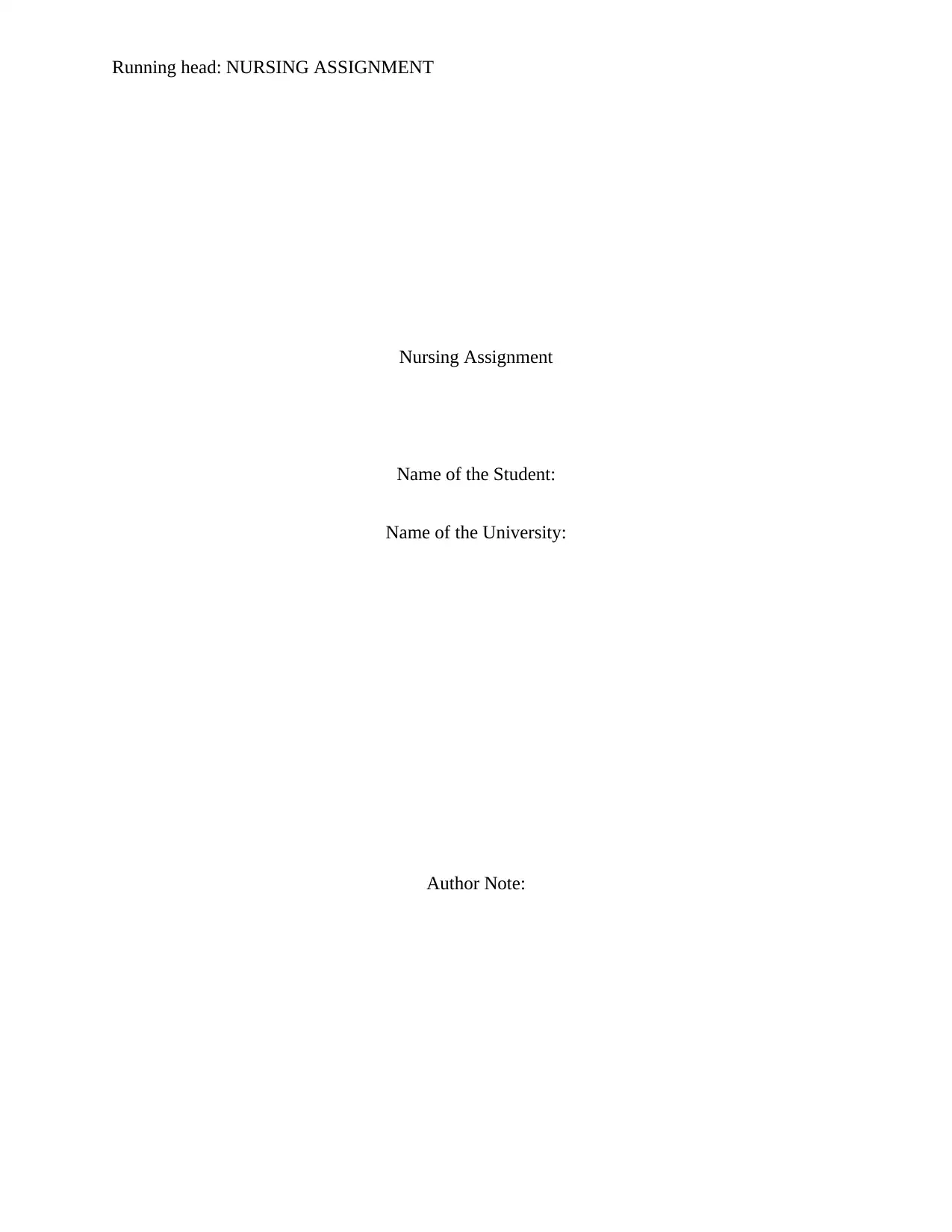
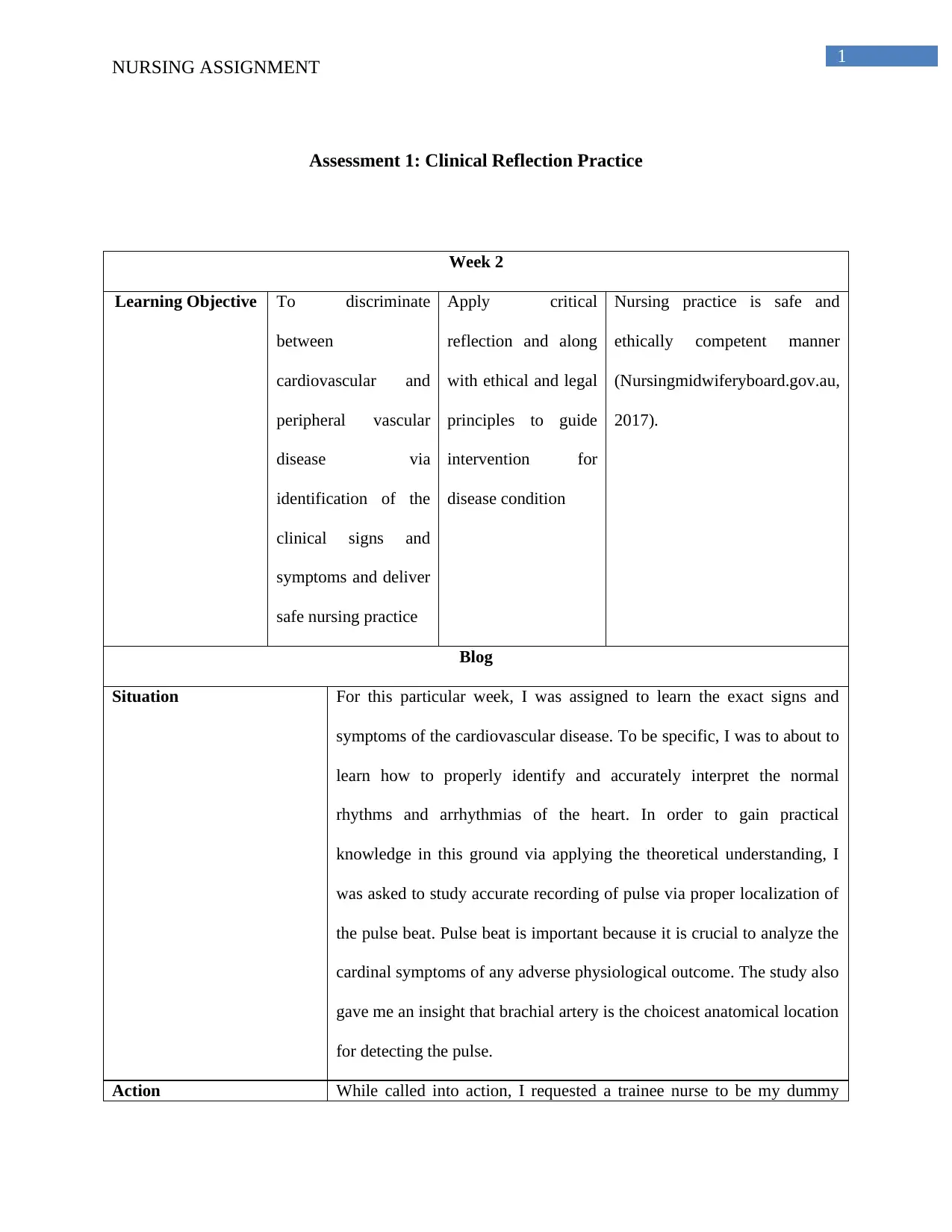
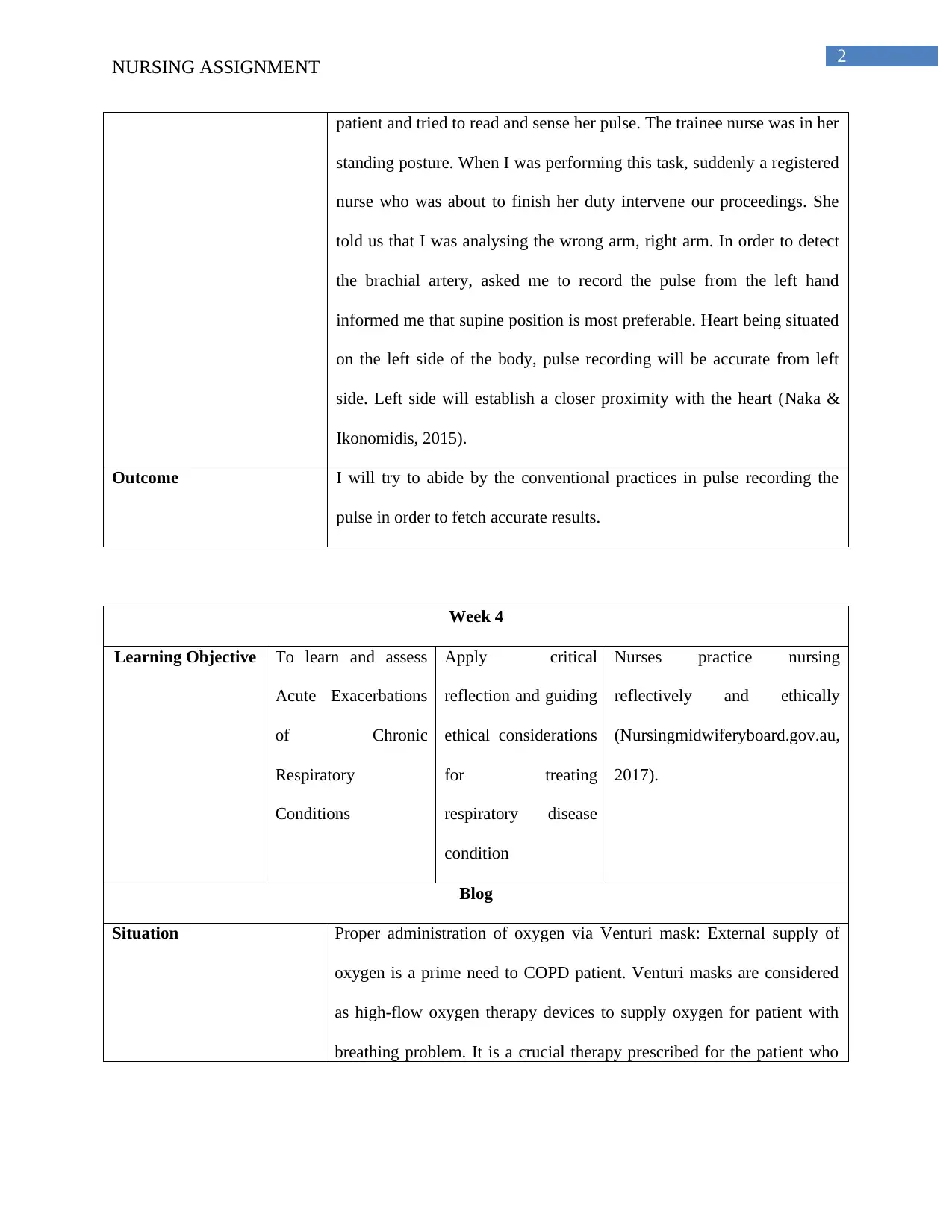
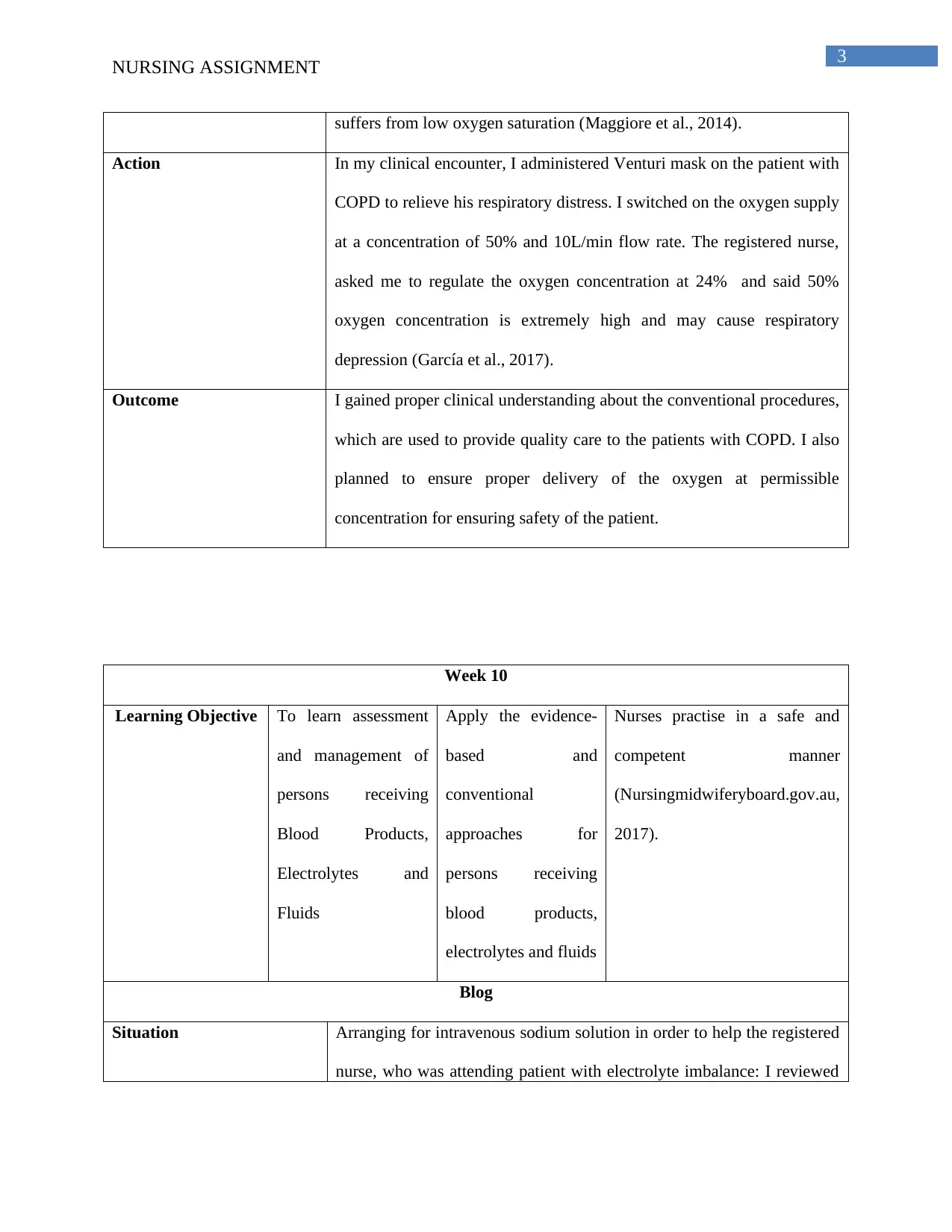
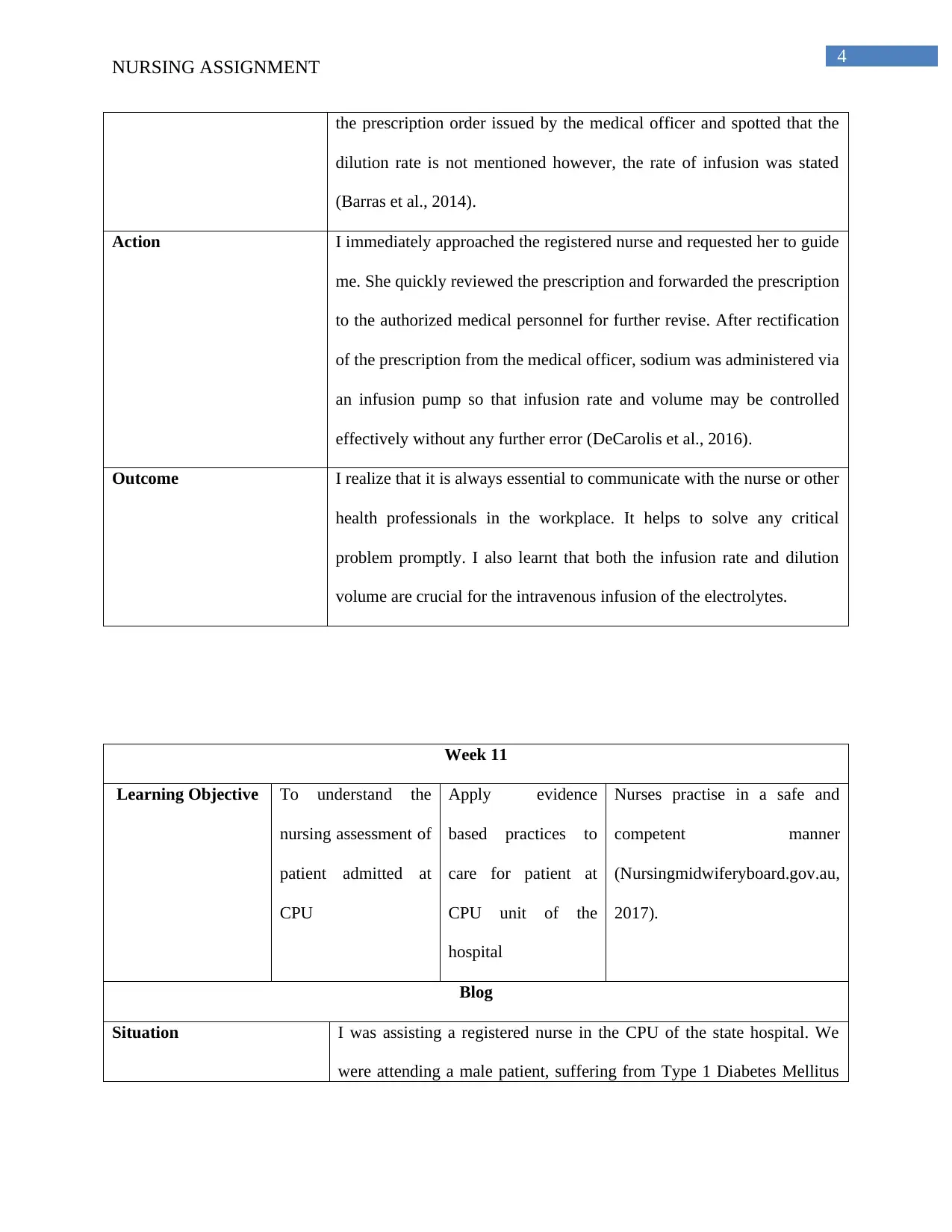
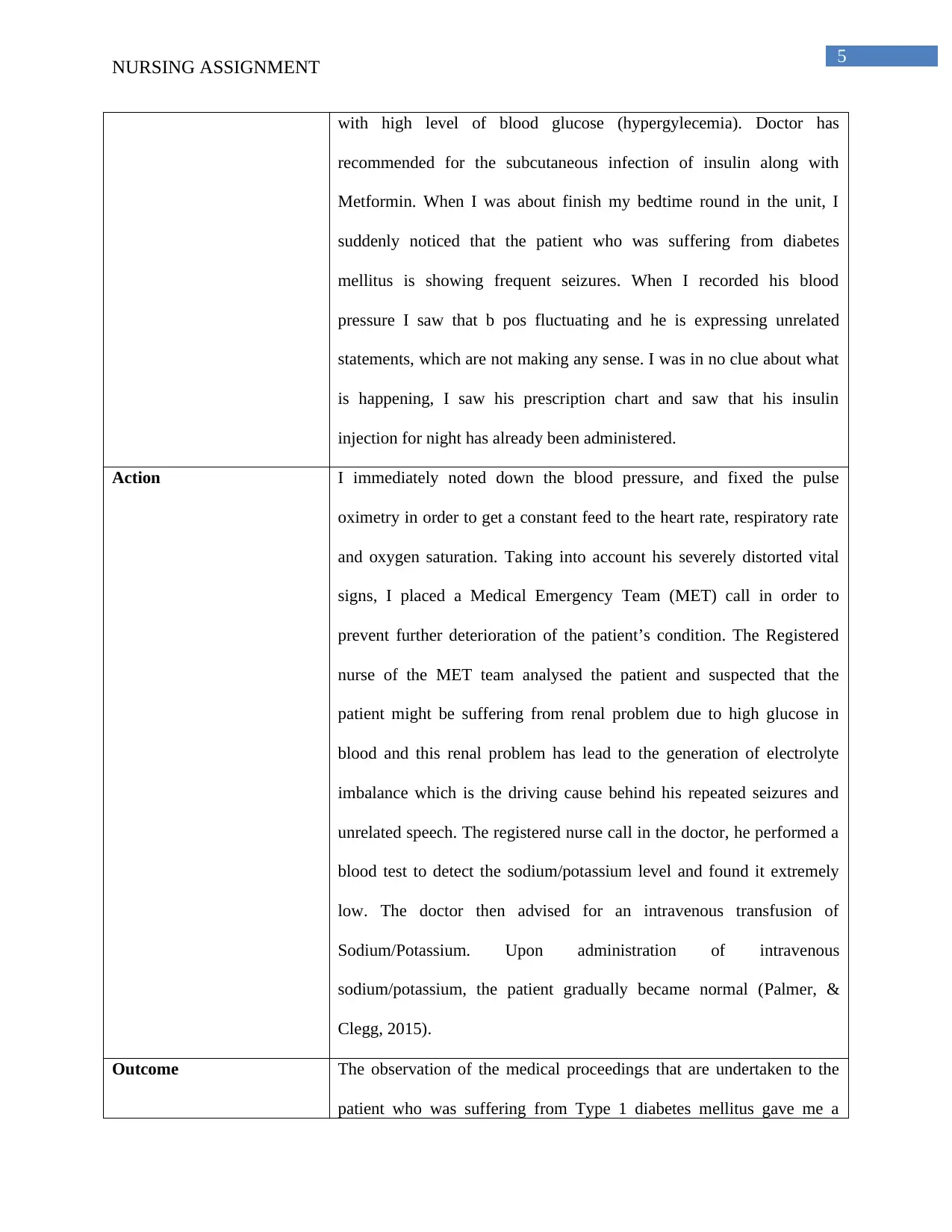
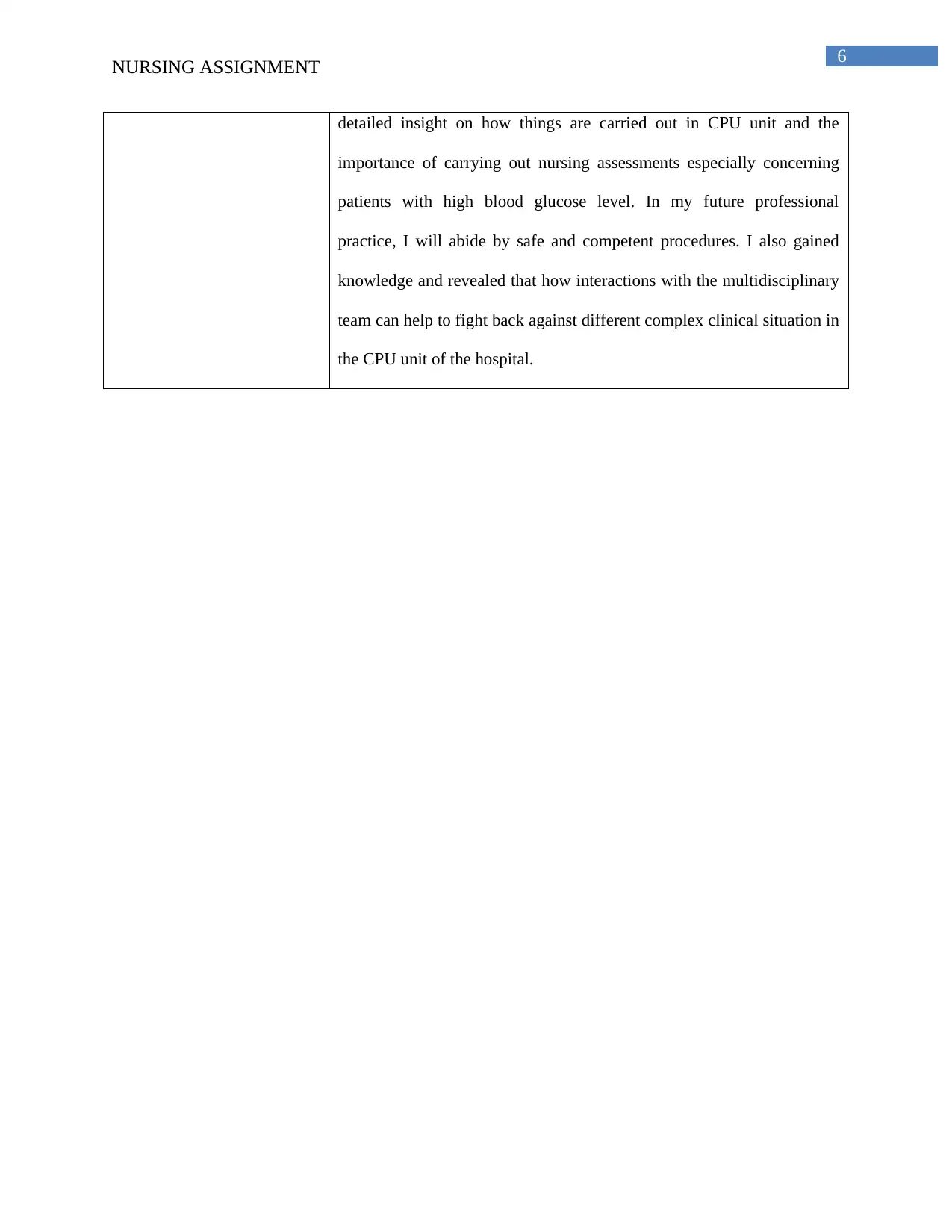






![[object Object]](/_next/static/media/star-bottom.7253800d.svg)